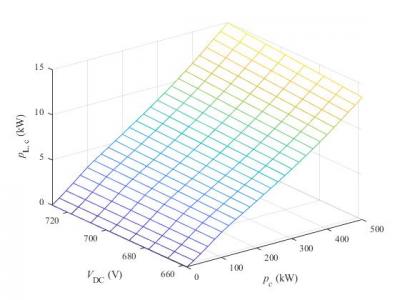Machine Learning
Please cite the following paper when using this dataset:
N. Thakur, “MonkeyPox2022Tweets: A large-scale Twitter dataset on the 2022 Monkeypox outbreak, findings from analysis of Tweets, and open research questions,” Infect. Dis. Rep., vol. 14, no. 6, pp. 855–883, 2022, DOI: https://doi.org/10.3390/idr14060087.
Abstract
- Categories:
 3560 Views
3560 Views
In recent years, Bitcoin and other cryptocurrencies have been increasingly considered an investment option for an emerging market. However, its erratic behavior has discouraged some potential investors. To get insights into its behavior and price fluctuation, past studies have discovered the correlation between Twitter sentiments and Bitcoin behavior. Most of them have focused exclusively on their relationships, instead of the Twitter sentiment analysis itself. Finding the most suitable classification algorithms for sentiment analysis for this kind of data is challenging.
- Categories:
 573 Views
573 Views
The dataset contains maps with the objective analysis (OA) fields of available water contents. OA is based on ground-base and remote sensing (ASCAT) observations in the upper 10 and 20 cm soil layers for the period from September 11 to November 16, 2022.
- Categories:
 292 Views
292 ViewsThis dataset is created for neural network-based surrogate modeling of the power conversion losses. The dataset includes two sets of training and test data (for AC/DC and DC/DC converters respectively) for the neural network. The raw data is generated using PLECS Blockset Packages in MATLAB-Simulink environment.
- Categories:
 107 Views
107 ViewsAccurate fire load (combustible objects) information is crucial for safety design and resilience assessment of buildings. Traditional fire load acquisition methods, such as fire load survey, which are time-consuming, tedious, and error-prone, failed to adapt to dynamic changed indoor scenes. As a starting point of automatic fire load estimation, fast recognition and detection of indoor fire load are important. Thus, A dataset containing images of indoor scenes and annotations of instance segmentation is developed in this research.
- Categories:
 1601 Views
1601 Views
The EegDot data set (EEG data evoked by Different Odor Types established by Tianjin University) collected using a Cerebus neural signal acquisition equipment involved thirteen odor stimulating materials, five of which (smelling like rose (A), caramel (B), rotten (C), canned peach (D), and excrement (E)) were selected from the T&T olfactometer (from the Daiichi Yakuhin Sangyo Co., Ltd., Japan) and the remaining eight from essential oils (i.e., mint (F), tea tree (G), coffee (H), rosemary (I), jasmine (J), lemon (K), vanilla (L) and lavender (M)).
- Categories:
 1326 Views
1326 Views
Technical question-answering sites like Stack Overflow are gaining enormous attention from the practitioners of specialized fields to exchange their programming knowledge. They ask questions on different topics, having various levels of difficulty and complexity. To answer such questions, all practitioners do not have the same level of expertise on those topics. However, the existing approach of Stack Overflow does not consider the difficulty and primarily filters out the questions based on topics only.
- Categories:
 202 Views
202 ViewsNowadays, with the rapid increase in the number of applications and networks, the number of cyber multi-step attacks has been increasing exponentially. Thus, the need for a reliable and acceptable Intrusion Detection System (IDS) solution is becoming urgent to protect the networks and devices. However, implementing a robust IDS needs a reliable and up-to-date dataset in order to capture the behaviors of the new types of attacks, especially multi-step attacks. In this work, a new benchmark Multi-Step Cyber-Attack Dataset (MSCAD) is introduced.
- Categories:
 3171 Views
3171 Views
KSU-ArSL was developed by the Center of Smart Robotics Research at King Saud University (KSU) in conjunction with the Higher Education Program for the Deaf and Hard of Hearing. The dataset consists of 80 classes (belonging to 80 signs) recorded by 40 healthy subjects using three cameras (one RGB and two Microsoft Kinect cameras). Each subject repeated each sign 5 times in five separate sessions at the same day. As a result, there are 200 video samples per class, 16000 samples in total per camera.
- Categories:
 1853 Views
1853 Views



